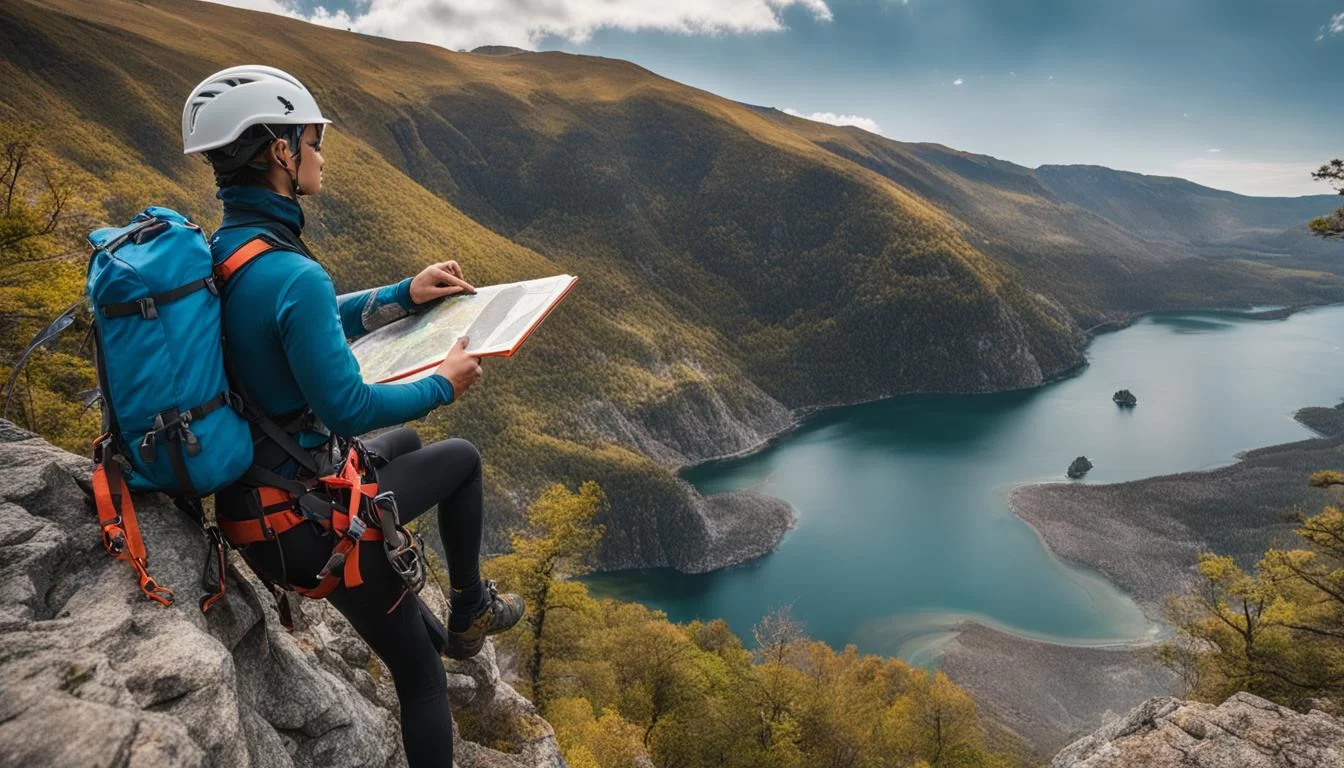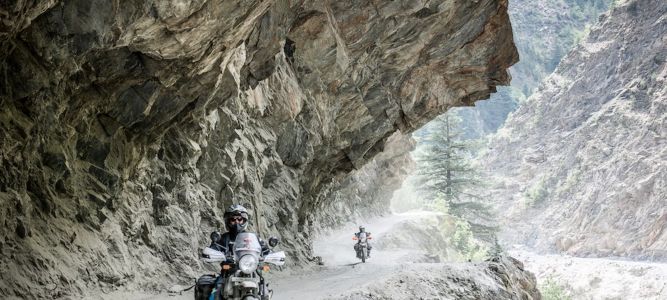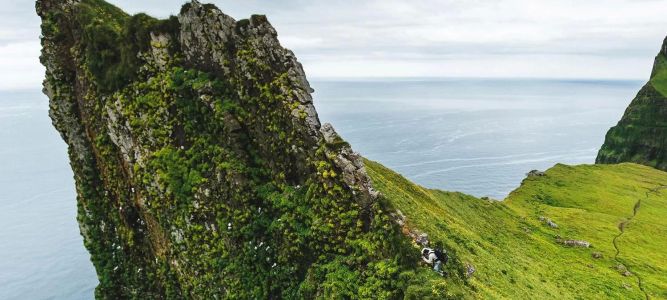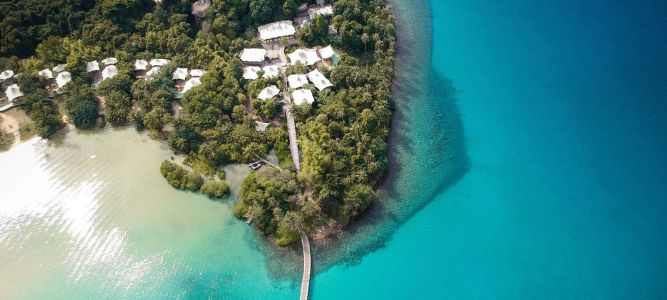Tips for a Safe Adventure Travel Vacation
- 1. Planning for Safety
- 2. Choosing the Right Destination
- 3. Packing for Adventure Travel
- 4. Dealing with Unexpected Situations
- 5. Finding Local Support and Assistance
1. Planning for Safety
Adventure travel is exhilarating, but it’s crucial to prioritize safety before embarking on your journey. Whether you’re heading to a mountain peak or exploring dense jungles, planning is key to ensuring a safe trip. Always research your destination thoroughly, including any travel advisories, local healthcare facilities, and emergency services.
It’s also important to share your itinerary and travel plans with a trusted friend or family member. Having a contingency plan in case of emergencies ensures that help can reach you quickly, should the need arise. Familiarize yourself with local laws and customs to avoid misunderstandings and ensure your safety during your trip.
2. Choosing the Right Destination
When selecting a destination for your adventure travel vacation, consider factors such as accessibility, climate, and the level of risk associated with outdoor activities. Some destinations, like those offering rugged mountain treks or extreme sports, may pose greater physical challenges and require special preparation.
One of the best ways to ensure a safe vacation is to choose a destination known for its adventure tourism infrastructure. Countries like New Zealand, Costa Rica, and Switzerland offer excellent opportunities for adventure travel, with well-maintained routes and professional guides who can help you stay safe while enjoying the adventure.
3. Packing for Adventure Travel
Packing efficiently and smartly is another key aspect of a safe adventure travel experience. Ensure you have the appropriate gear for your trip, whether it’s trekking boots, a quality backpack, or specific items like a headlamp or water purification tablets. Always check the weather forecast before departure to ensure you’re adequately prepared for any climate conditions.
Additionally, packing a first aid kit and other essential items such as extra food, water, and a power bank can help you stay self-sufficient in case of an emergency. If you plan on participating in any specific adventure activities, make sure to have the necessary certifications or gear required to safely engage in those activities.
4. Dealing with Unexpected Situations
Even the best-planned adventures can encounter unexpected situations, such as bad weather, injury, or illness. Knowing how to react in such circumstances can make all the difference. For example, if you’re injured while trekking, knowing how to administer basic first aid and where to find nearby help is vital.
One practical piece of advice is to learn the local language or key phrases before traveling. This can be invaluable when dealing with medical or emergency situations in a foreign country. Having local contacts or the address and number of your accommodation can also speed up the process of getting help in an unfamiliar place.
5. Finding Local Support and Assistance
While adventure travel is all about exploration and self-reliance, having access to local support can make your trip smoother and safer. Upon arrival, familiarize yourself with nearby medical facilities, local authorities, and emergency services. Many adventure travel companies also offer guides and safety escorts, which can be extremely helpful when navigating more challenging terrains.
Moreover, taking part in group tours or adventure excursions can provide a sense of security, as these organized tours often have contingency plans and experienced guides who know the area and are trained to handle emergencies.






